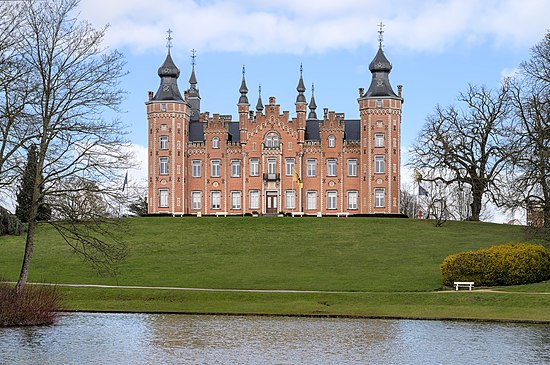User:Gulmammad
| This user has rollback rights on the English Wikipedia. (verify) |
| This user has autoreview rights on the English Wikipedia. (verify) |
| This user has reviewer rights on the English Wikipedia. (verify) |
| This user has made thousands of contributions to Wikipedia. |
Contributions
• Sokolov-Ternov effect
• Hamilton's principal function
• Hamilton's characteristic function
• Experimental observation of Hawking radiation
• Particle number operator*
• Self-organization in biology*
• Aleksandr Chudakov
• Alexey Andreevich
• A. P. Balachandran
• Igor Ternov
• Mark Trodden
• Stanislav Mikheyev
• Alexei Smirnov*
• Shamil Asgarov
• Seifallah Randjbar-Daemi
• Habil Aliyev
• Ahmad Bakikhanov
• Aşık Khanlar
• Suleyman Valiyev
• Heino Finkelmann
• Tom Lubensky
• Lubna al-Hussein
• Sheylanli tribe
• Sheylanli
• Boyat
• Ashaghy Aylis
• Agbash
• International Liquid Crystal Society
• British Liquid Crystal Society
• International Centre for Theoretical Physics*
• ANS Group of Companies
• ANS TV
• ANS ChM
• Khudafarin Bridges
• Azerbaijan Time
• Yemen Türküsü
• Jujalarim
• Föppl–von Kármán equations
- * Didn't create but significantly contributed
De Viron Castle is a castle in the town of Dilbeek in Flemish Brabant, Belgium. Commissioned by the de Viron family, which settled in Dilbeek in 1775, the castle was built in 1863 by Jean-Pierre Cluysenaar. The Tudor-style castle was built on the ruins of a 14th-century fortification that was destroyed in 1862. One of the medieval towers, the Sint-Alenatoren, can still be seen in the park surrounding the current building and is named after Saint Alena, who lived in Dilbeek. The castle has served as the town hall of Dilbeek and housed the offices of the municipality since 1923, and was listed as a Belgian protected monument in 1990. This photograph shows the facade of De Viron Castle with the surrounding park in the foreground.
Photograph credit: Benoit Brummer
Today's featured article
The oyster dress is a high fashion gown created by British fashion designer Alexander McQueen for his Spring/Summer 2003 collection Irere. McQueen's design is a one-shouldered dress in bias-cut beige silk chiffon with a boned upper body and a full-length skirt consisting of hundreds of individual circles of organza sewn in dense layers to the base fabric, resembling an oyster shell. The dress originated as a reinterpretation of the "shellfish dress" designed by John Galliano in 1987, which McQueen had long admired and sought to emulate. Contemporary critical responses to McQueen's oyster dress were positive and it is considered an iconic piece of McQueen's work. Only two copies are known to exist, one held by the Metropolitan Museum of Art in New York City and one by media personality Kim Kardashian. McQueen returned to the oyster dress concept several times over his career, most prominently in his Autumn/Winter 2006 collection The Widows of Culloden. (Full article...)

